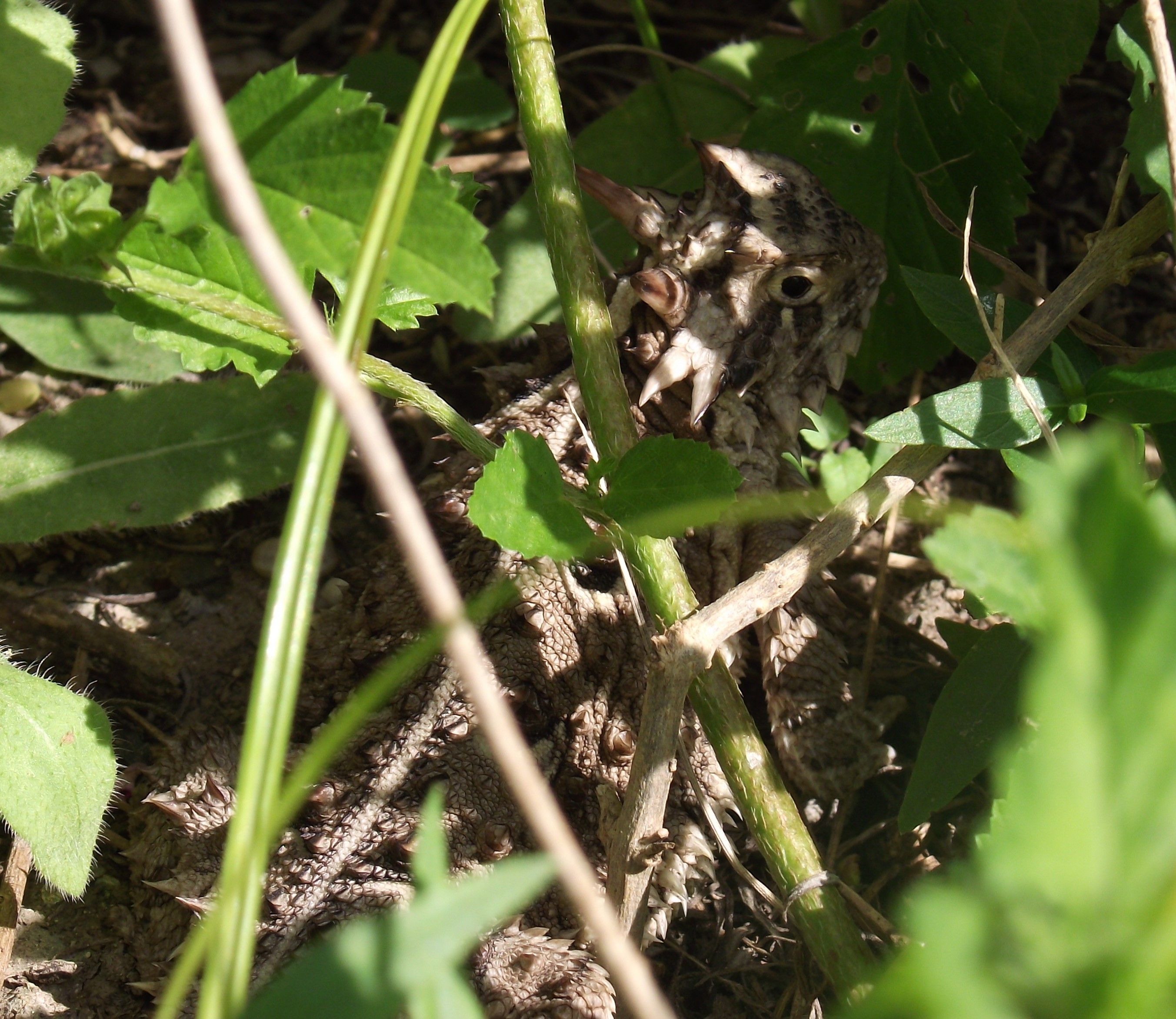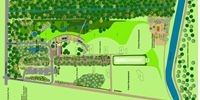Up Against the Wall: Three Species Vie for Survival in the Rio Grande Floodplain
 As published in Texas Field Notes, October 2018.
As published in Texas Field Notes, October 2018.
The Rio Grande Valley is not a valley, at all.
It’s a surprisingly-flat of rock, sand and clay spilling into the mouth of the Laguna Madre, at the Gulf of Mexico.
It’s an international divide, fluid and powerful as the trade winds and migratory pathways of the creatures that have crossed it for millennia.
It’s a boisterous, bubbling-over of electric, neotropical birds and azure, velvet butterflies; a blinding blast of shimmering brass and a colorful, melodious cascade that shamelessly sings Canciones de mi Padre.
More than the heat and the spice, the dust and the dollars, the Rio Grande Valley is home to some of the most humble and hospitable people in the world. In spite of oppressive poverty and hardscrabble gains, residents welcome all comers with ‘Mi casa es su casa.’ Ironically, the United States gleefully embraces margaritas, mariachis and Cinco de Mayo, but refuses to adopt the mentality of the venerable culture that spawned all this.
Now, President Trump has secured funding to cleave the Valley in two, dividing the land from the people and the river that so richly supplies us.
This September, contracts are set to be awarded for Phase 1 of renewed border wall construction in Hidalgo County, the entirety of which will be walled off from the Rio Grande, except for 3.3 miles through the Santa Ana National Wildlife Refuge. In a cruelty few comprehend, the border wall will be built up to two miles inland from the river, where a desolate No Man’s Land will appear as a new territory known simply as Border Patrol’s Enforcement Zone.
According to written documents distributed by the Office of Border Wall Program Management Office, “the enforcement zone would be an area extending from the south/river side of the levee wall or bollard wall approximately 150 feet. All vegetation within the 150-foot enforcement zone will be cleared.” In addition, LED lighting will be installed to illuminate the enforcement zone at night, and an all-weather aggregate patrol road will be built there to facilitate vehicle traffic.
The plans call for towering steel bollards atop the 18 foot-tall concrete levee to be spaced six inches apart, for visibility’s sake. This “Wall of Hate,” as some have described it, will be a Wall of Death.
According to specifications, the total height of the levee/border wall will be at least 30 feet (a height from which human beings are unlikely to survive a fall). Those who do not perish behind it, may be lost traversing it; but there will be unintended victims, as well, including threatened and protected species like the Texas Indigo, the Texas Tortoise and the Texas Horned Lizard.
All terrestrial creatures, this trifecta of fascinating reptiles love the sandy loams of the Rio Grande Valley, where they burrow to escape the blistering sun. If you are unfamiliar with this trio of docile, cold-blooded beauties, here’s a primer:
The Texas Tortoise (Gopherus berlandieri) loves the Tamaulipan thornscrub peculiar to deep South Texas, where their preferred cactus, the common prickly pear, fruits and flowers, from spring to fall. Heavily (although protected by Texas Parks & Wildlife Department) and traffickers in exotic species, the Texas Tortoise is most threatened by human beings and highways. Their population problem is further compounded by low reproductive rates (two – three eggs per clutch, one – two times per year) and delayed sexual maturity, where females may not be ready to breed until the age of ten.
The Texas Indigo Snake (Drymarchon melanurus erebennus) is a relative of the Eastern Indigo, the longest native snake in the U.S. Known to reach 8 - 9 feet, the mature indigo requires considerable range to forage and males seek to establish their own territory. The indigo is especially beneficial to human beings as it feeds on small mammals and other snakes, including rattlesnakes, to whose venom it is immune. Known to cohabitate with Texas Tortoises, the indigo is also most jeopardized by people—especially the ones who think the only good snake is a dead one!
Littlest, but not the least of these, is the Texas Horned Lizard (Phrynosoma cornutum). Affectionately referred to a “horny toads” by generations of Texans and tourists alike, one used to be able to buy these miniature, Jurassic Era throwbacks as souvenirs at roadside stands on your way through town. Best known for squirting blood from their eyes as a defensive tactic, these fierce-looking lizards feature prominent spikes on their heads and spines on their soft bodies which protrude when they puff up to avoid being eaten. This particular anti-predation device serves as a deterrent and makes them difficult, if not impossible, to swallow. Horned Lizards maintain healthy ecosystems by consuming copious amounts of harvester ants, as well as some termites, beetles and grasshoppers. They are most threatened by habitat loss and the use of pesticides against insects, their principal food source.
All three of these burrowing creatures need to live in areas that are not prone to flooding, where they would be subject to drowning; and all three may be found throughout the Lower Rio Grande Valley Wildlife Conservation Corridor, which contains the majority of the tiny remnant of native habitat found in this region.
The big problem is this: the corridor intended to preserve local populations of these species runs primarily along the banks of the river, and almost all of it will soon be behind the border wall. This means when the Rio Grande River overflows its banks, as it is does periodically, all three threatened species will be trapped between the raging river and the impenetrable 18-foot base of the wall, unable to scale the ninety-degree, vertical, concrete slab to dry land before the floodwaters take them under.
During our last catastrophic river-flooding event, namely Hurricane Alex (2010), terrestrial species survived in places where the sloped, earthen levees existed as they were able to scurry, slither and slog their way up the embankment and out of the floodway; however, where the border wall existed, these creatures were not so lucky. In fact, hundreds of carapaces from Texas Tortoises were collected by citizen scientists and members of the local Sierra Club, when the floodwaters receded after four long months.
As a child of the Rio Grande Valley, a daughter of la frontera, a conservationist and an accidental community activist, I am appalled by the short-sightedness of the powers that be. I am exasperated by the proposed solution to a problem that does not truly exist. And I am outraged by destruction of habitat and wildlife that will occur as the result of the border wall.
In case you didn’t know, this is NOT business as usual; this is anything BUT typical. Threatened and endangered species of every kind are on the chopping block for this wasteful public works project, along with every law passed to protect us and our natural treasures, given the government’s authority to waive them by virtue of the REAL ID Act. Under this act, the government is allowed to disregard thirty-seven federal laws that protect such things as clean air and water.[i]
In the name of national security, obscured by a specter of cartel thugs, “Mexican rapists” and imaginary spillover violence, President Trump is waging war on the borderlands. His policies are devastating our communities and decimating already-fragmented landscapes, despite our best efforts to save the remarkable residents of these incredible places.
Up against the ridiculous wall, I am repeatedly reminded of my grandfather’s admonition, “A cada necio agrada su porrada.” In English this means, “Every fool is pleased with his own folly.” Fortunately, Mother Nature is wise beyond words.
In the end, our best shot at surviving the environmental disaster that is the border wall may be the mighty Rio Grande River, as it will not be restrained; nor will it suffer the arrogance of man—of certain men—forever. Ultimately, the delta decides what will stand and what will fall, in her coursing channel.
Marianna Trevino Wright is the executive director of the National Butterfly Cneter, a project of the North American Butterfly Association. She is a "Valley girl" committed to species conservation and environmental education, so the most unique creatures and features of deep South Texas may be protected for future generations. A graudate of Columbia University, she has worked in for-profit and non-profit sectors, where she excels at organizational development.
[i] Sierra Club. Laws Waived On the Border. https://www.sierraclub.org/borderlands/laws-waived-border










 Media
Media